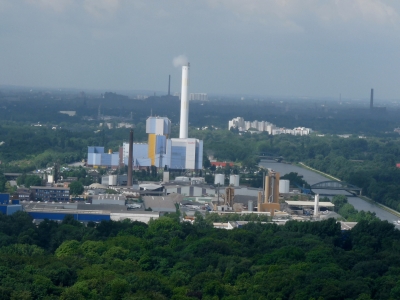Using sustainable biomass is a way to accommodate both goals, and this is
where Waste-to-Energy plays an important role. Here is why.
According to the European Suppliers of Wast-To-Energy Technology (ESWET) Waste-to-Energy recovers energy from different types of waste, one of them being biomass that is not of sufficient quality to be recycled. It is for example a polluted cardboard or kitchen waste that cannot be treated in an anaerobic digestion plant due to its impurities. Such waste has nevertheless the same quality as biomass treated in dedicated plants: it is carbon neutral and it substitutes the use of virgin fossil fuels.
Moreover, treating waste of biological origin in Waste-to-Energy plants prevents methane emissions from landfills. Methane, released during the decomposing of biomass, is much more harmful for the climate than CO2. All these factors mean that thermal recovery of energy from waste of biological origins contributes to the climate change mitigation.
What is more, Waste-to-Energy implements the idea of a cascading use of biomass, as it treats only waste biomass. There are therefore no sustainability concerns that are sometimes raised with relation to other sources of bioenergy (wood, crops).
ESWET therefore believes that support for renewable energy should be technology neutral as long as a given renewable source is sustainable. Hence, in order to maintain a level playing field, biomass fraction treated in Waste-to-Energy plants should be treated equally to any other biomass used to generate energy. As for the exact amount of this fraction, it can be determined for example by using carbon 14 dating.
ESWET is therefore calling ITRE and ENVI Committees to maintain the support for the renewable part of energy generated in the Waste-to-Energy plants and reject the amendments requesting to end it.










